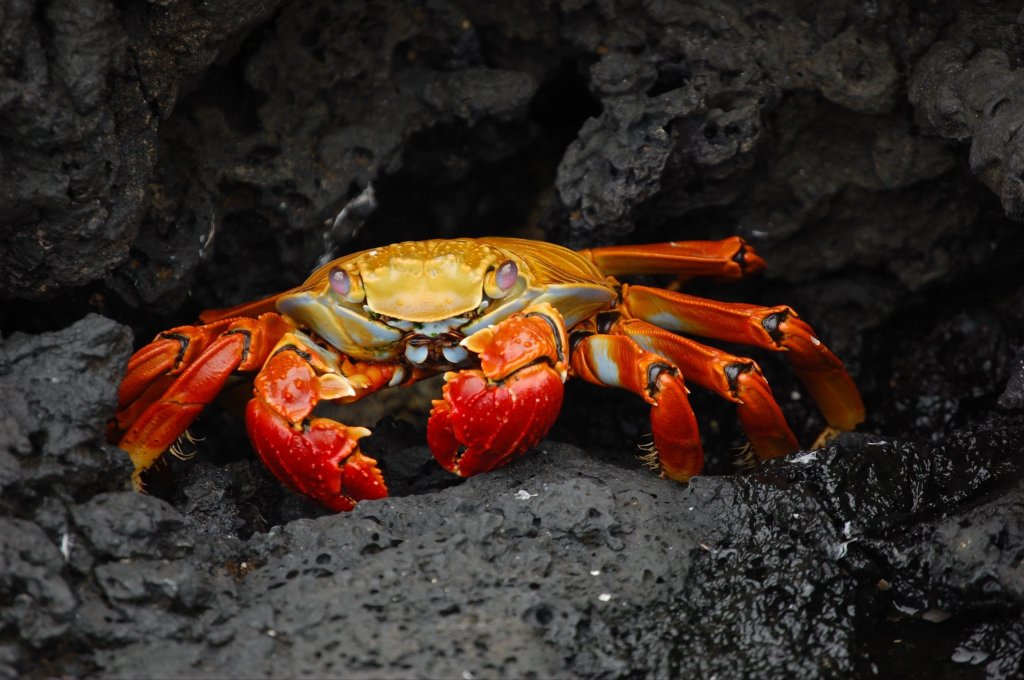Chitin – pronounced as kaitin – is a word that doesn’t seem to make any waves.
But why should it?
First it’s s a strange word…
Second, seems like it was borrowed from some exotic language…
Lastly – and most importantly- what does it mean?
Take a moment and think about the creatures of the sea…
Not necessarily fish but the crabs, lobsters, shrimps…
Think about land creatures such as snails, beetles etc.
What single thing unites all these eccentric creatures?
All of them have hard stuff on the surface of their bodies – at least to some extent.
So whether we’re talking crab exoskeleton, snail shells or the hard body of the beetle, the uniting factor is a naturally occurring polymer that is tough as nails – chitin.
Chitin is a hard substance found naturally in the animal world.
It’s so abundant that it’s only rivalled by cellulose – the main composition of plants.
But abundance isn’t the only uniting factor between Chitin and cellulose.
GLUCOSE
Whereas cellulose is a superstructure made up of repetitive glucose units, chitin is no different only that it’s simplest units are modified glucose molecules.
In other words, if these two substances were to degrade, they would end up converting into glucose!
Now back to the Chitin story…
Chitin is not only natural but very tough as well.
Now these two facts make it very attractive for packaging applications.
PACKAGING
It’s not a wonder why chitin is considered a possible replacement for petrol based plastics.
But this innovation to a large extent doesn’t seem to have seen light of day.
Probably one of the reason might be because of the source of chitin – seafood.
Seafood is prepared by restaurants whose priorities are to please their clientèle palettes and that’s all.
So waste from cooked crabs, lobsters and shrimps are piled together with other types of waste making it hard to isolate the shells to extract chitin.
But exploration of biodegradable plastics faces another uphill task from the petroleum lobby – powerful and wealthy mouthpiece for the petrol dealers.
The plastics we use everyday are derived from petroleum creating another income stream for powerful companies.
So pumping funds for R&D in biodegradable plastics is not a priority.
But the benefits of chitin go beyond being plastics.
HEALTH APPLICATIONS
Due to its strength, chitin is used in the medical field in wound healing, drug delivery etc.
Some medical commentators also give a thumbs up to the use of another product derived from chitin.
CHITOSAN
This form of chitin is soluble in water and is used as a health supplement which is claimed to reduce chloresterol absorption by the body.
Chitosan seems to have wider applications also finding use in water treatment.
IN CONCLUSION
Nature inspired plastics are the new frontier for our world that’s moving towards sustainability.
But more work needs to be done – especially in R&D.
And in that regard, chitin is key.
But it shouldn’t be an open license to kill creatures in order to harvest it.
It’s an opportunity to partner with hotels and restaurants selling seafood to find alternative use for their waste – a profitable use for that matter.
